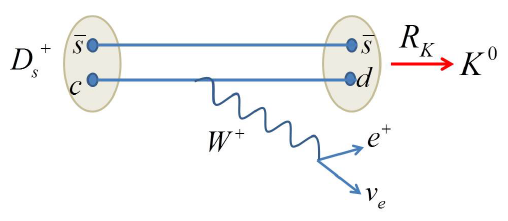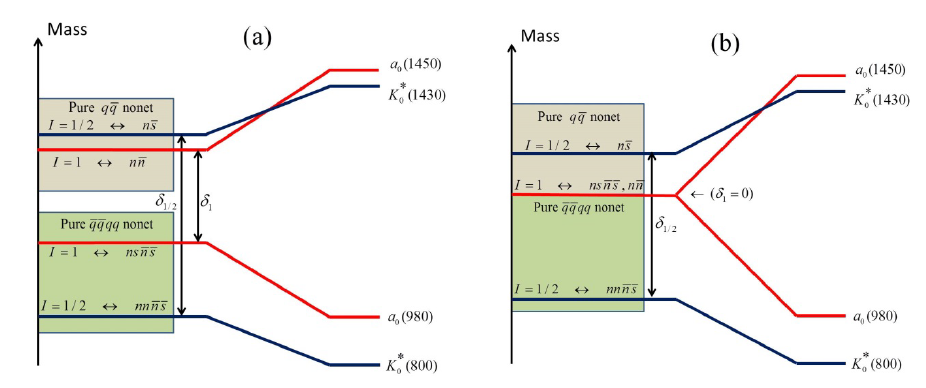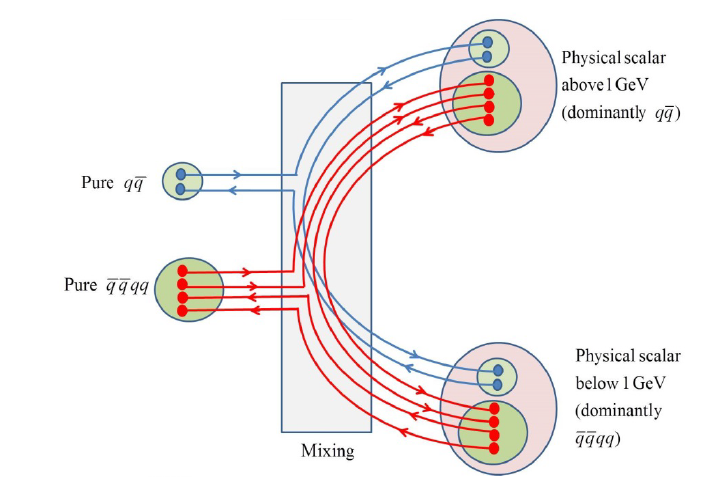High Energy Physics
Amir Fariborz Research
There are four fundamental forces in nature: gravitational, electromagnetic, weak and strong forces. The last two are traditionally referred to as nuclear forces. It is the main objective of high energy physics to explore these forces, and hopefully unify them into one fundamental theory. This goal, has made high energy physics one of the most ambitious, attractive, and challenging areas of physics, and has generated interactions with other areas including pure and applied mathematics, and computer science.
A. Fariborz main area of research within theoretical high energy physics, is related to the strong interaction through which protons and neutrons are bound together inside the atomic nucleus. Of course, strong interaction is not just limited to inside the nucleus, as protons and neutrons belong to a large family of particles called hadrons, and all of these family members experience the strong interaction. It is known that hadrons can be best classified if they are to consist of other elementary particles called quarks. The theory that describes the strong interaction of quarks is called Quantum Chromodynamics (QCD).
This theory is very well established at high energies, and has successfully explained experiments at these energies. On the other hand, due to computational difficulties, this theory breaks down at low energies. At the present time, understanding the low energy behavior of QCD is one of the main challenges in theoretical high energy physics. This area of research is related to one of the seven unsolved millennium mathematics problems (Yang-Mills and Mass Gap) listed by Clay Mathematics Institute:
www.claymath.org/millennium-problems
More information about this fundamental research can be found, for example, in Wikipedia:
https://en.wikipedia.org/wiki/Mass_gap
which states:
“While lattice computations have suggested that Yang–Mills theory indeed has a mass gap and a tower of excitations, a theoretical proof is still missing. This is one of the Clay Institute Millennium problems and it remains an open problem. Such states for Yang–Mills theory should be physical states, named glueballs, and should be observable in the laboratory.”
A. Fariborz’s publications are accessible on Inspire High Energy Physics Literature database at:
Some of examples of the recent research activities of A. Fariborz are given in figures below:









